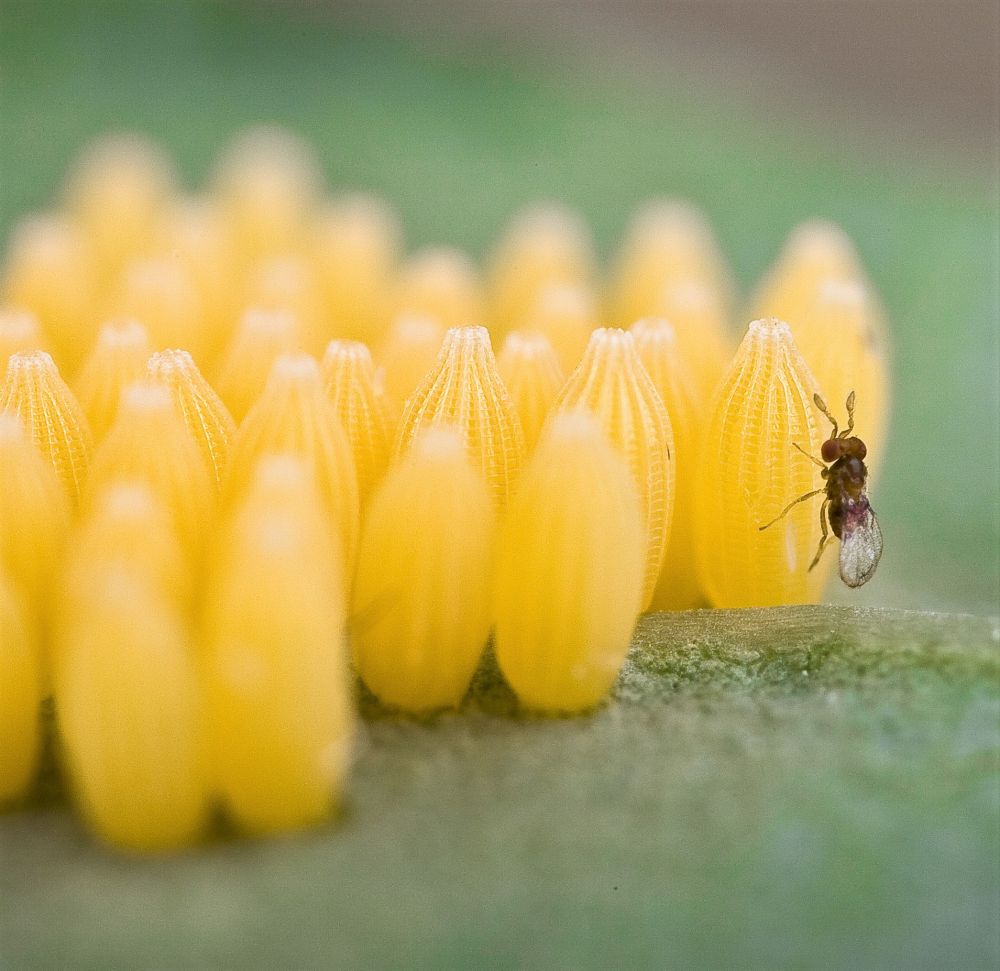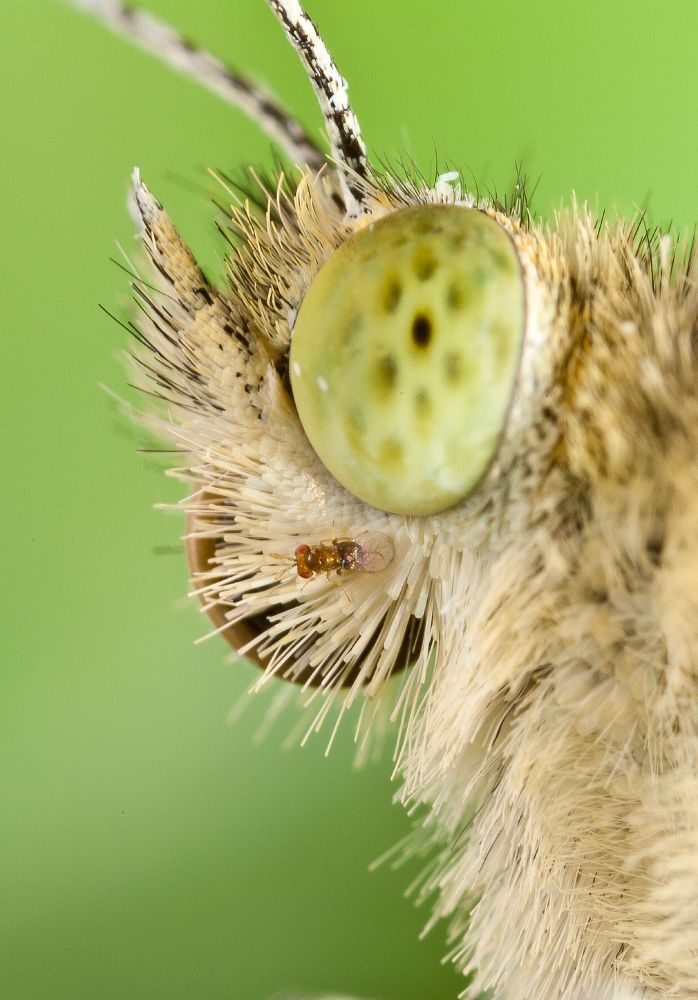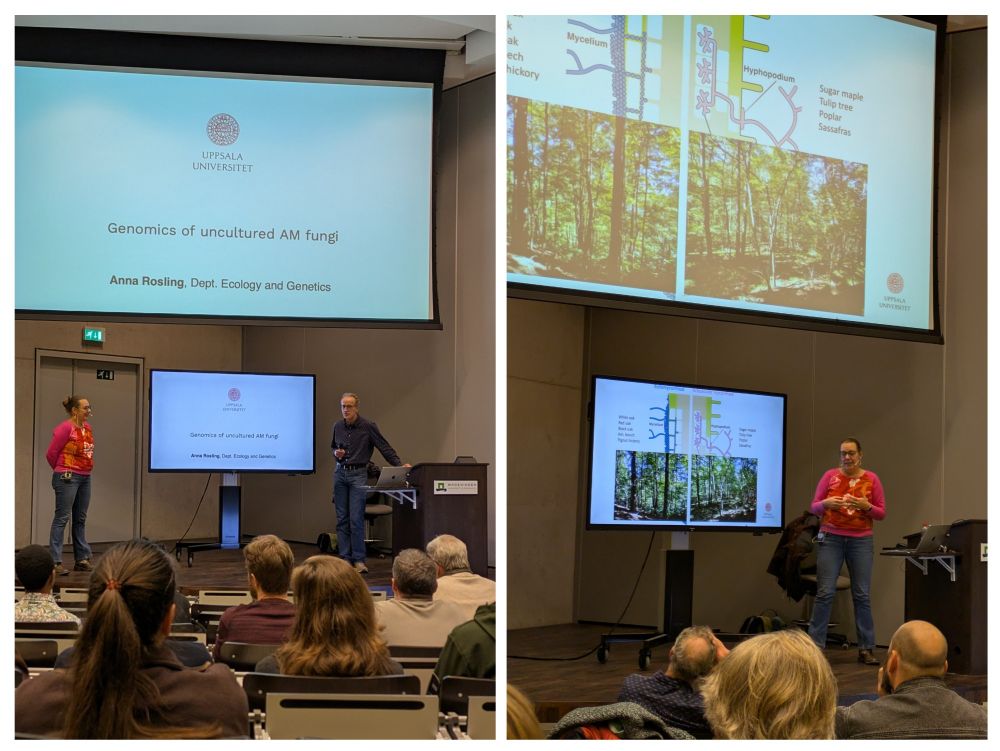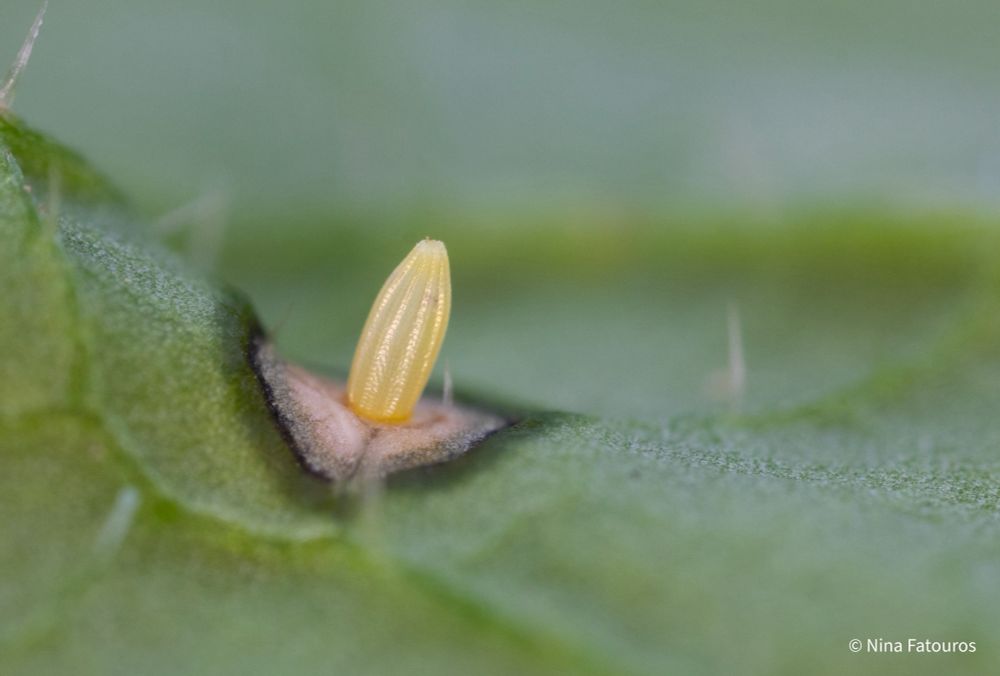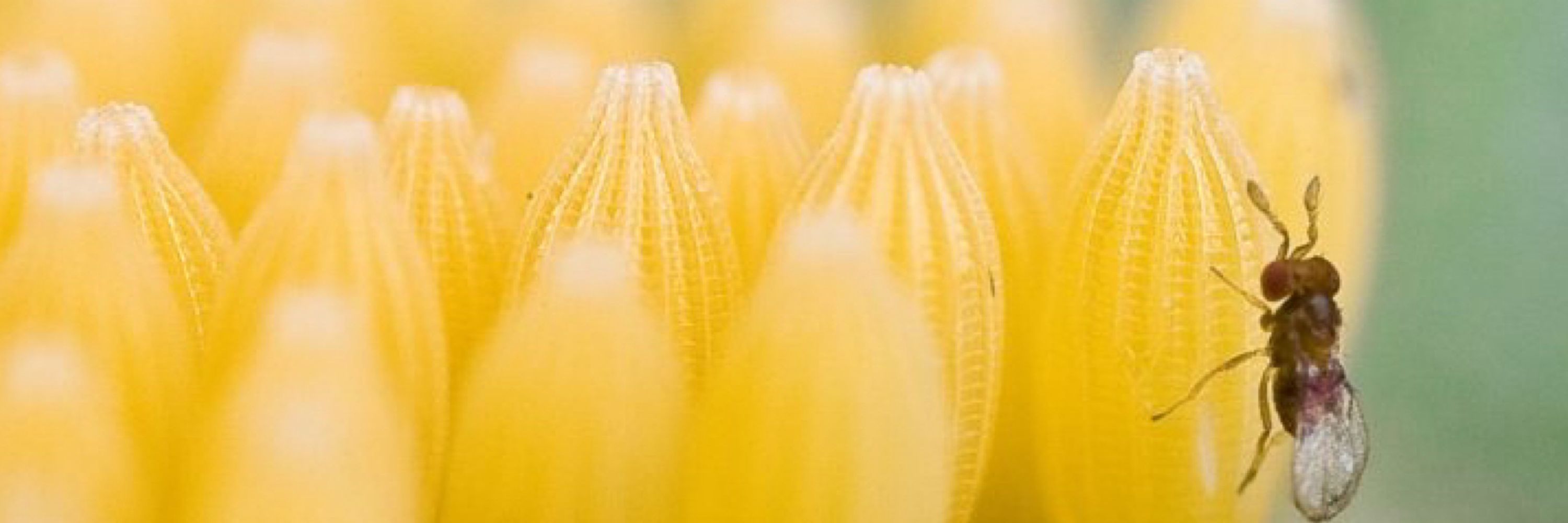
www.ninafatouros.nl

Defensive fungal symbiosis on insect hindlegs | Science www.science.org/doi/10.1126/...

Defensive fungal symbiosis on insect hindlegs | Science www.science.org/doi/10.1126/...
This ant can lay eggs of two different species, birthed by the same mother
This ant can lay eggs of two different species, birthed by the same mother

Check out this #Editorial introducing the #VirtualIssue ‘Herbivore-derived elicitors of plant responses’
📖 nph.onlinelibrary.wiley.com/doi/10.1111/...
#PlantScience

